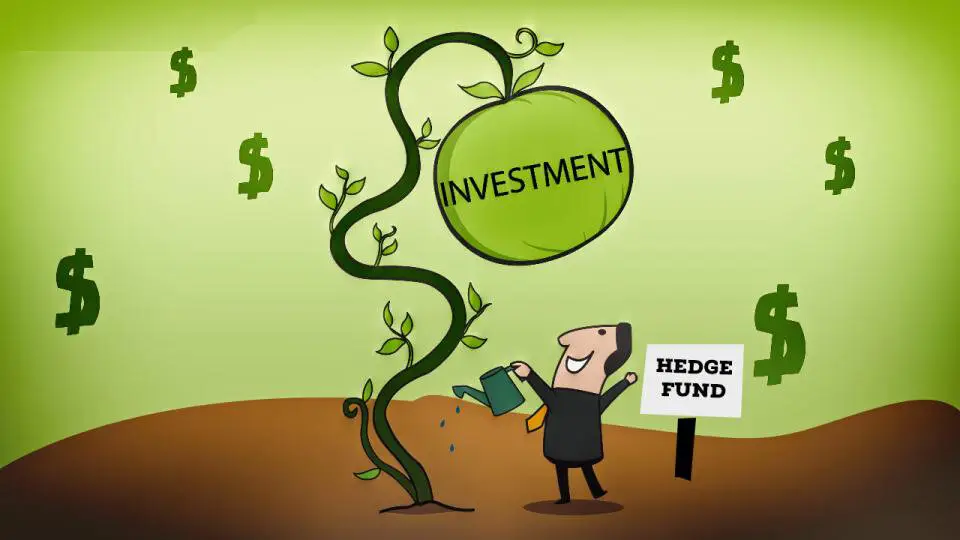Myths about investing cling to the mind like old superstitions, hindering money from working and growing. These misconceptions build walls around financial opportunities, impede actions, and turn the market into an unattainable height. Each established stereotype limits capital and restrains profit, although the real picture has long been different from the invented horror stories.
Investing is for professionals
Myths create a mistaken picture where the market seems accessible only to experts. Such a mindset hinders actions, blocks the start, and leaves capital under the pressure of inflation. Investments for beginners provide access through simple tools: ETFs, bonds, funds with a clear structure.
The stock market uses modern digital services, brokers automate transactions, and lower the entry threshold. Smart investing creates conditions for capital growth even with minimal participation. The exchange offers a wide range of assets, from shares of technological giants to stable bonds. Access to financial instruments has long been easier.

Investing is a risky casino
The right approach uses analytics, financial calculations, and strategic planning. Investing is not a lottery.
Each asset is subject to analysis: shares of companies with stable profits, bonds with fixed income, ETFs with controlled risks.
The trading platform offers balanced strategies that protect savings from inflation. Strong diversification and risk assessment reduce the likelihood of losses. Often mistaken opinions equate trading to a bet on luck, but trading experience and analysis help avoid mistakes. Finances are manageable when facts, not myths, are used.
Investing requires a lot of money
The industry has long changed the rules. The entry threshold has been lowered to a few hundred rubles. Brokers offer the purchase of fractional shares, funds provide access to portfolios with a minimal investment amount.
Saving money does not mean just putting it in a deposit. Deposit interest rates often do not cover inflation. Beginner investors provide real tools for capital growth. Misconceptions continue to keep many finances in accounts with low returns. Smart capital investment allows for profit starting from small amounts and regularly increasing income.
Myth: Investing is only for economists
Modern platforms publish detailed analytics openly. Brokers provide ready-made investment ideas with detailed justification.
Basic investment principles are available in free educational courses and financial services. The stock market does not require an economics degree; what matters more is regular analysis and risk understanding. Thoughtful asset management uses simple financial instruments that are available for anyone to learn and use. Stereotypes lose their power when numbers, returns, and indicators become clear.
Myth: Investing always involves risk
Risk exists, but it is manageable. Different instruments provide different levels of security. Federal bond obligations, deposits, index ETFs are proven ways to reduce potential losses.
Initial investment decisions include protective mechanisms: diversification, limiting the amount per transaction, choosing stable companies. Finances start working when capital is not idle. Savings lose value under inflation pressure, especially when the inflation rate is above 6% per year. Smart investing helps maintain the purchasing power of money.
Investing: Facts vs Myths
Misconceptions continue to shape false perceptions, limiting access to real opportunities. Facts, proven in practice, consistently break these stereotypes.
Each common stereotype receives practical refutation about investments:
- Investments are only for professionals: Brokers provide access with a minimal amount and ready-made strategies.
- It is risky: A strategy with bonds and ETFs reduces risks.
- Acquiring assets requires a lot of money: Starting is possible with 100 rubles by buying fractional shares.
- Investing is a lottery: Using analytics minimizes the impact of chance.
- It is a complex science: Financial services teach simple investment rules.
- Savings in deposits are more reliable: Inflation devalues money faster than deposit income.
These statements have long been refuted by real instruments and available solutions. A strategic approach and smart asset selection help dispel these stereotypes and open the way to effective capital management.
Investing is only for short-term earnings
The stock market is not limited to speculation. Investments work for the long term, as capital grows through compound interest.
Smart investing uses ETFs, bonds, stocks with regular dividends. Savings increase smoothly, without sharp jumps. Practice shows: stable results are achieved through a strategic approach. Finances need time to grow, not instant decisions. Risk decreases when assets are distributed across different sectors and regions.
Financial Literacy Destroys Stereotypes
Myths about investing disappear when an understanding of real processes is formed. Economics and finances are subject to logic. Analyzing the investment environment, studying companies, evaluating indexes, and understanding trends provide access to effective strategies.
The stock market provides tools for stable capital growth. Thoughtful capital investment is based on facts, statistics, and market indicators. Acquiring assets becomes accessible when all stereotypes are dispelled, and choices are based on specific parameters, not fears and conjectures. They work for savings and create capital that does not lose value under economic pressures.

Inflation, deposit rates, bond income, stock dividends — these are real numbers that allow money management.
Myths about Investing: Conclusions
Myths about investing continue to block access to financial freedom. Smart investing proves otherwise: starting is possible without millions, risks are controllable, and the market is open to everyone. Beginner investors use proven strategies, the stock market provides tools that work for profit and capital growth.
Stereotypes give way to facts when savings stop lying idle and start generating income.
















 Each fund chooses one model or another depending on its objectives, the market situation, and available resources. The most popular strategies are:
Each fund chooses one model or another depending on its objectives, the market situation, and available resources. The most popular strategies are: For those looking to diversify their portfolio and participate in high-yield but high-risk investments, investing in hedge funds can be a great tool. Making the decision to invest in such structures requires in-depth market knowledge, an understanding of the specific characteristics of the systems, and a clear understanding of the risks associated with their use.
For those looking to diversify their portfolio and participate in high-yield but high-risk investments, investing in hedge funds can be a great tool. Making the decision to invest in such structures requires in-depth market knowledge, an understanding of the specific characteristics of the systems, and a clear understanding of the risks associated with their use.
 By trading in the market, you can make money both when market prices rise and fall. Unlike long-term investments, traders can react immediately to market changes. For example, a successful day trader can earn up to 20–30% per month with a smart strategy. The ability to work with different assets such as stocks, currencies, and cryptocurrencies increases the chances of success.
By trading in the market, you can make money both when market prices rise and fall. Unlike long-term investments, traders can react immediately to market changes. For example, a successful day trader can earn up to 20–30% per month with a smart strategy. The ability to work with different assets such as stocks, currencies, and cryptocurrencies increases the chances of success. Investing in trading opens up a wide range of opportunities for capital growth. The method combines flexibility, high returns, and access to global financial markets. Success requires a deep understanding of risk, discipline, and continuous learning. By choosing the right strategy, diversifying assets, and managing risk, you can minimize losses and achieve stable income growth. Trading is not just a way to make money, but a comprehensive tool for achieving financial independence.
Investing in trading opens up a wide range of opportunities for capital growth. The method combines flexibility, high returns, and access to global financial markets. Success requires a deep understanding of risk, discipline, and continuous learning. By choosing the right strategy, diversifying assets, and managing risk, you can minimize losses and achieve stable income growth. Trading is not just a way to make money, but a comprehensive tool for achieving financial independence.
 Investing in the stocks of large Russian companies such as Gazprom, Sberbank, and Lukoil can form the basis for creating a stable passive income. For example, the average dividend yield on Sberbank shares in 2023 was around 7%. This is significantly higher than the yield on most bank deposits. Traders can also invest in ETFs traded on the Moscow Stock Exchange to diversify their portfolio and reduce risk. By using long-term strategies, such as the averaging method, they can maintain returns of 10–15% per year and minimize the impact of market fluctuations.
Investing in the stocks of large Russian companies such as Gazprom, Sberbank, and Lukoil can form the basis for creating a stable passive income. For example, the average dividend yield on Sberbank shares in 2023 was around 7%. This is significantly higher than the yield on most bank deposits. Traders can also invest in ETFs traded on the Moscow Stock Exchange to diversify their portfolio and reduce risk. By using long-term strategies, such as the averaging method, they can maintain returns of 10–15% per year and minimize the impact of market fluctuations. Learning to trade is not just a way to make money in the stock market. It’s an investment in yourself, in your future, in your freedom. The knowledge and skills acquired through the study of this subject will open the doors to financial independence, giving you the ability to control your income and make decisions that affect your quality of life.
Learning to trade is not just a way to make money in the stock market. It’s an investment in yourself, in your future, in your freedom. The knowledge and skills acquired through the study of this subject will open the doors to financial independence, giving you the ability to control your income and make decisions that affect your quality of life.